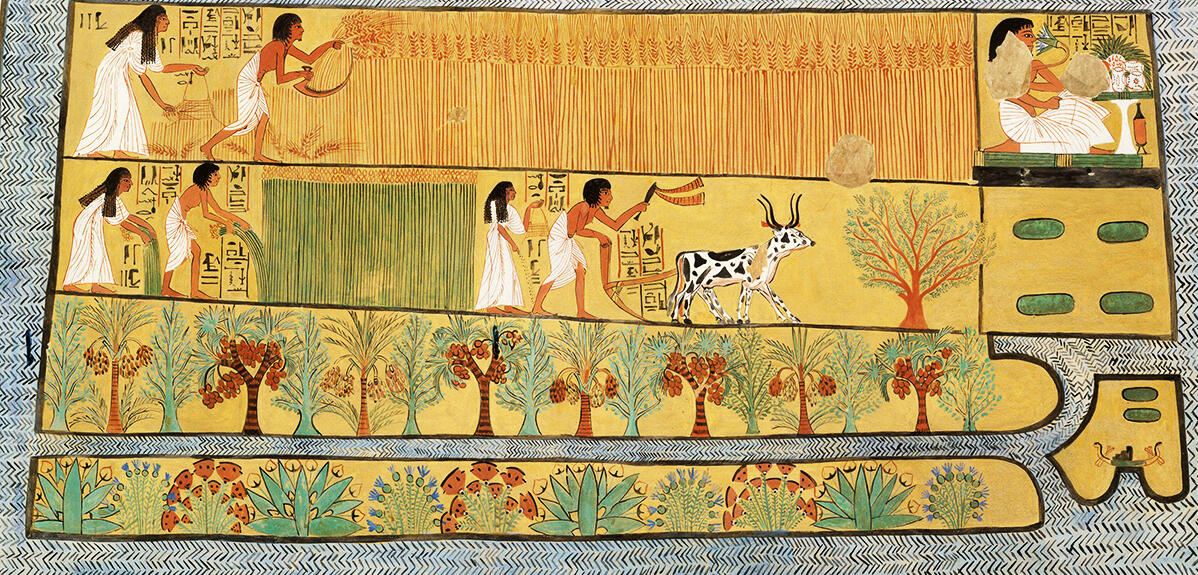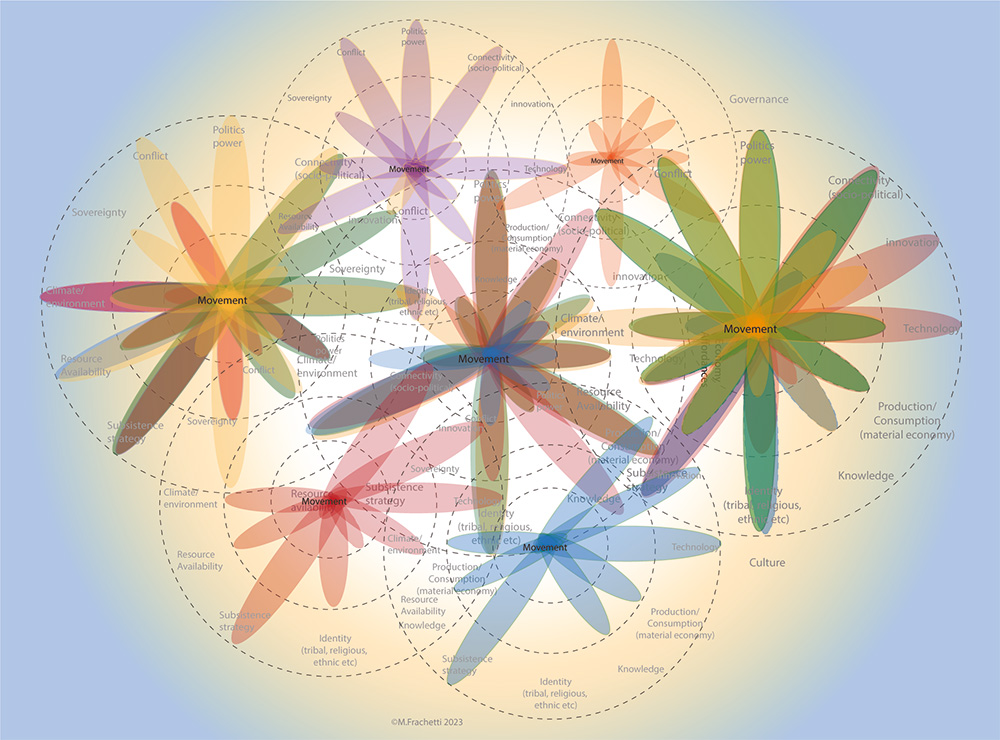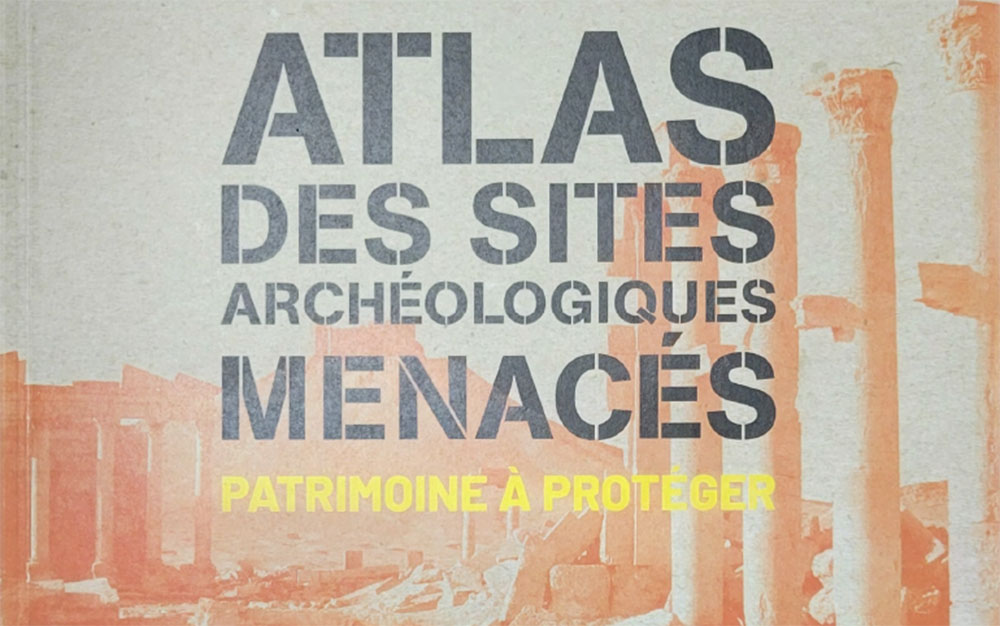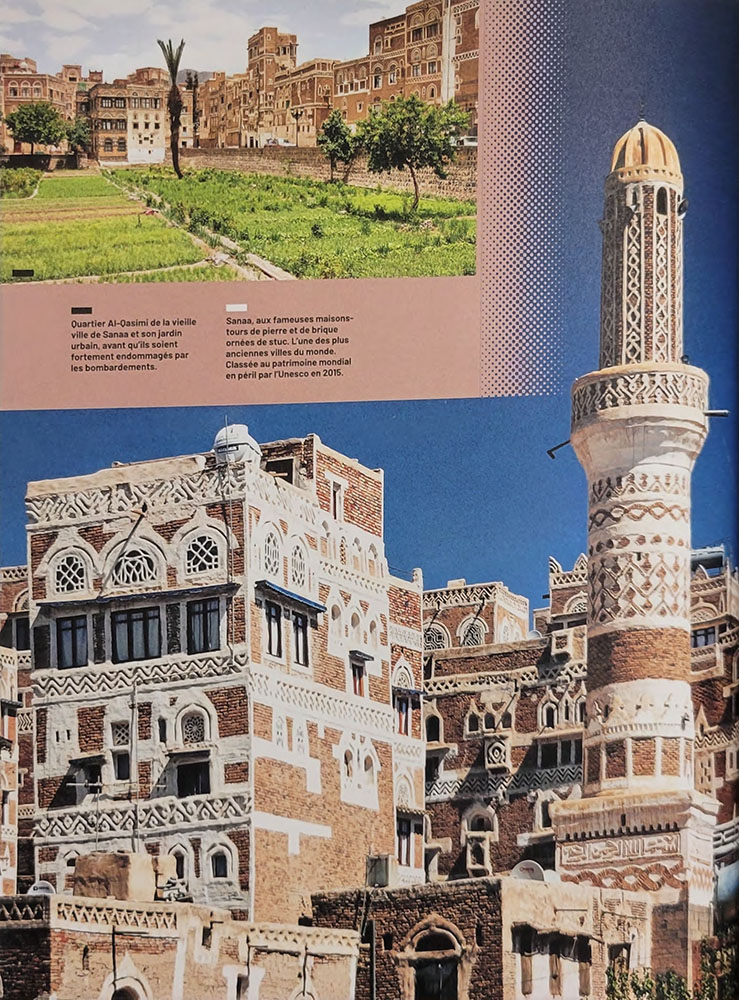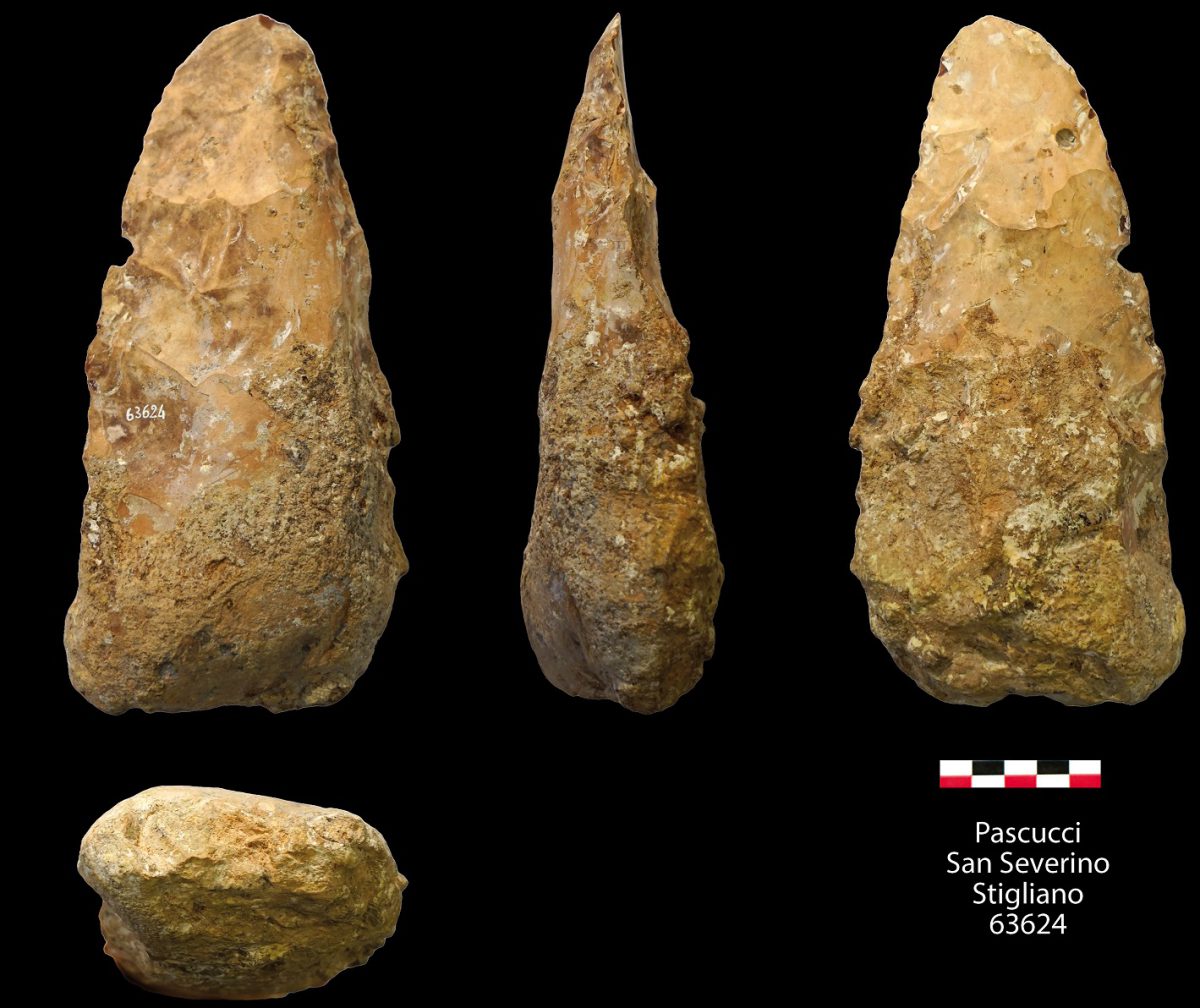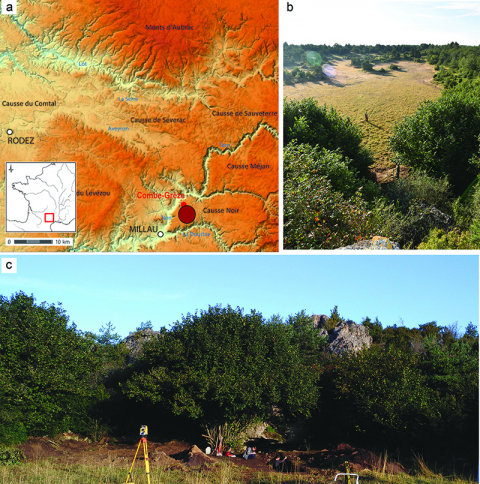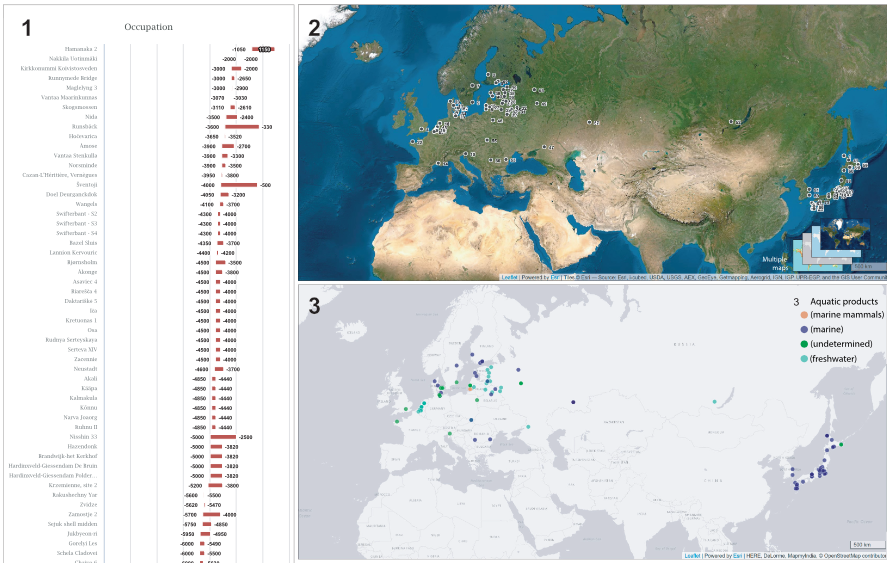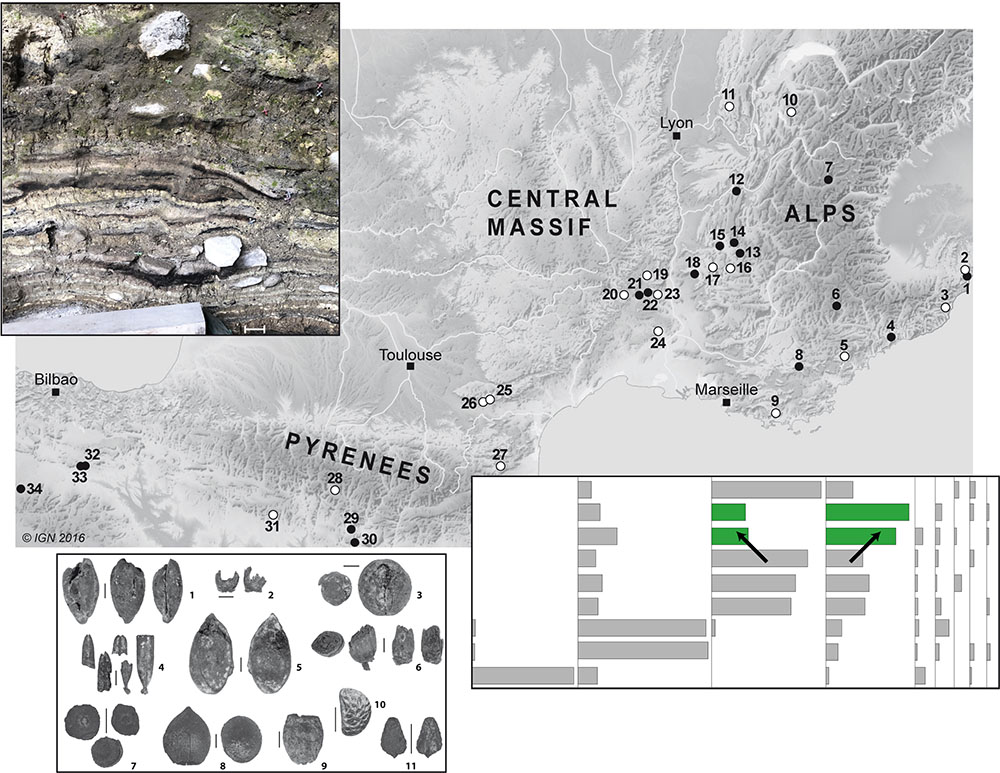Source : https://doi.org/10.5852/cr-palevol2024v23a1
Actualité de l’INEE : https://www.inee.cnrs.fr/fr/cnrsinfo/cuisiner-lage-du-bronze-en-mer-diroise-le-contenu-des-poteries-revele-par-les-analyses
Les stratégies de subsistance des premières communautés agricoles ont été mises en évidence depuis le début du Néolithique grâce à de nombreuses études sur les résidus lipidiques des récipients en céramique menées dans diverses parties de l’Europe continentale. En revanche, très peu de données sont disponibles pour la fin du Néolithique et le début de l’âge du Bronze sur la côte atlantique, en particulier en contexte insulaire. Cet article présente les résultats de l’analyse de résidus lipidiques provenant de 129 fragments de poteries de Beg ar Loued (Molène, France), un site insulaire dont les principaux vestiges datent de l’âge du Bronze ancien (c. 2700-2600 à 1800 BCE). Dans le but de comprendre l’utilisation des récipients, les pratiques culinaires sur ce site et d’appréhender les techniques de finition des céramiques, des analyses de résidus visibles carbonisés, de tessons, et de surfaces/couches d’engobe ont été effectuées via des analyses chromatographiques (n = 174) et isotopiques (n = 24), après extraction des lipides par solvant (n = 174) ou méthanolyse acide (n = 31). Les résultats démontrent l’utilisation extensive de produits terrestres (carcasses de ruminants et produits laitiers), comprenant occasionnellement des produits végétaux (avec un mélange probable de différentes cires), alors que la détection des produits aquatiques est faible. Comparés aux données fauniques, ces résultats indiquent donc que les produits terrestres, tels que la viande de ruminant et les produits laitiers, sont transformés en utilisant des récipients en céramiques, tandis que les produits aquatiques semblent de préférence exploités sans avoir recours à une poterie. Ces résultats démontrent l’importance de l’analyse des résidus lipidiques pour connaître le rôle des récipients en céramique dans la production et la consommation d’aliments sur les sites de la côte atlantique.
The subsistence strategies of early farming communities have been highlighted since the beginning of the Neolithic, thanks to numerous studies on lipid residues from ceramic vessels conducted in various parts of continental Europe. However, after the Early Neolithic, evidence of subsistence strategies along the northern Atlantic coast are still lacking, especially for island contexts. This paper presents the results of lipid residue analysis of 129 potsherds from Beg ar Loued (Molène, France), an island site dating primarily to the Early Bronze Age (c. 2700-2600 to 1800 BCE). Aiming to understand the use of vessels, vessel treatment and culinary practices on the settlement, analyses of visible charred residues, sherds and ceramic surfaces/coating layers were carried out using chromatographic (n = 174) and isotopic techniques (n = 24) after lipid extraction by solvent (n = 174) or acid methanolysis (n = 31). The results demonstrate the extensive use of terrestrial products (ruminant carcass and dairy) in pottery, including occasional plant products (with possible mixtures of different waxes), while the detection of aquatic products is limited. Thus, combined with evidence from faunal remains at the site, the results indicate that terrestrial resources like ruminant meat and dairy products were preferentially processed in vessels, and aquatic products mostly without the use of ceramics. These findings demonstrate the significance of lipid residue analysis for studying the role of pottery in food production and consumption at sites along the Atlantic coast.




